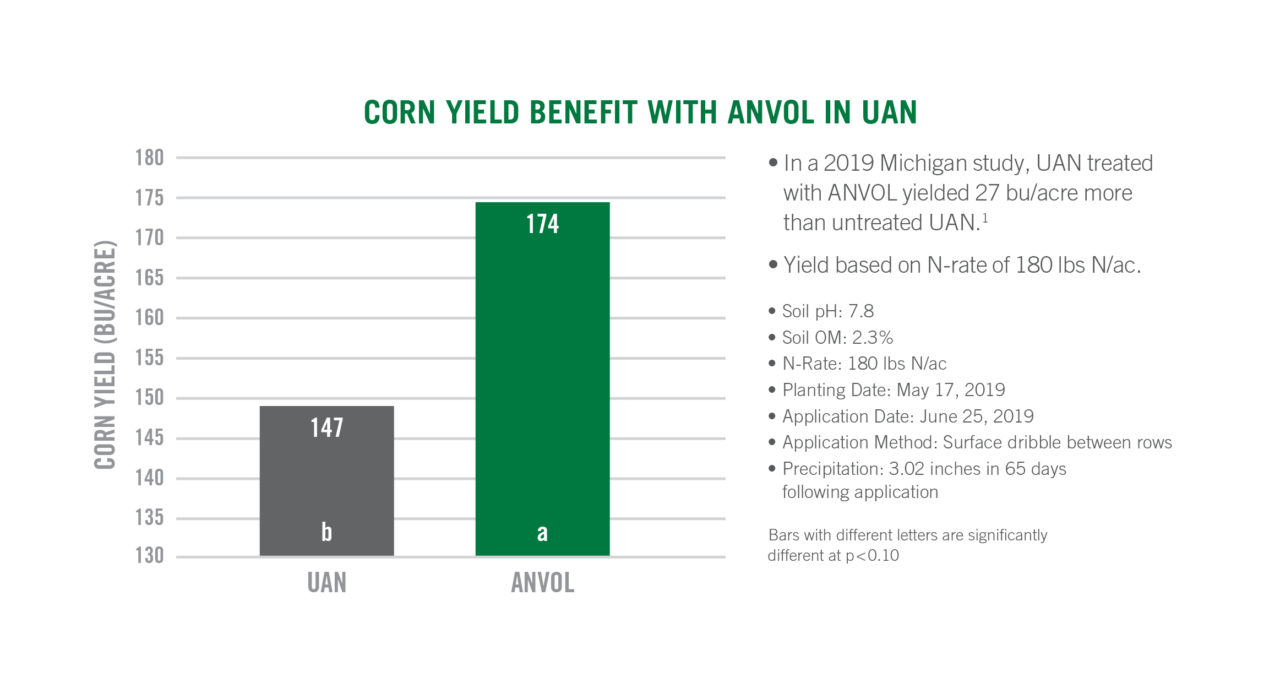Precision Ag Programs: Trending Against The Tide
For almost a decade, precision technology adoption and use has rode a significant wave that has run essentially parallel with growing fortunes in agriculture in general. The advent of lower-cost automatic steering, followed by capabilities such as automatic boom section control and wireless data transfer, has led to a steady increase in technology use on the farm each year.
Today, precision technology is pervasive throughout the retail dealership and the farm field, and notice is being taken of its impact both inside and outside agriculture.
“All Wall Street wants to talk about now is precision agriculture, and how it plays into our business,” says Jeff Tarsi, senior director of business strategy for Crop Production Services. “I was in Europe two weeks ago speaking at a foreign investors conference, and they wanted us to speak on precision agriculture.
All of the advancements, investment and adoption that have occurred in precision over the past 10 years has generated buzz and created great optimism about the future of technology, and precision practices, in agriculture. But what happens if the “correction” many are expecting in 2014 comes to pass?
During the last major downturn in the early 2000s, precision agriculture took a major hit. Faced with depressed crop prices, growers pushed aside fertility recommendations, employed big cutbacks in inputs and services to weather the storm. The pullback served to stagnate precision investment for a time, and caused significant disillusionment about the benefits of precision technology.
But today, the consensus among retailers we talked to for this report is that there’s no turning back for precision ag. “With the first wave of precision, we has some specific pieces of technology, but they did not effectively connect with each other,” recalls Tarsi. “And we did not have a way to measure the results. When the downturn came, we did get pushback from growers.”
“I think the difference between is during the first boom, it was primarily grid sampling and variable-rate fertilizer,” says Harlan Schafer, vice president of agronomy at Cooperative Producers Inc., Aurora, NE. “Today, precision ag is so much more.
“We‘ve had good growth, about 25% growth on precision programs last year, and we are tracking to exceed that growth this year,” he continues. “We are seeing through some of the data analysis we do that we can document where we are getting responses out of inputs, and how we are maximizing not only the utilization of crop nutrients, but the soil types and seed populations. It has become more important to the growers to understand how precision agriculture works, and how in a downturned market it will allow them to maximize the utilization of their inputs to improve yields and profitability.”
Precision services today focus on a wider range of benefits than in the past. Schafer recalls that one of the primary drivers of precision ag during the first wave was use of variable rate fertilizer designed to reduce input cost, but there was no way to quantify the benefit at the end of the year. The emphasis now, with all the technology growers have that is built into machinery, is for retailers to help them figure out what to use and how to use it.
“Growers are starting to really utilize the technology they have on planters and combines more effectively, and our role is to help them optimize what they are using,” says Schafer.
Pat Schaddel, technical support manager at Brandt, Pleasant Plains, IL, agrees that technology investment on the grower side of the precision equation has been substantial, especially over the past three to five years. This should help precision practices sustain the momentum it has picked up recently, he says.
The other important factor Schaddel notes is the deepening relationships his agronomists have established with growers as Brandt has worked to help them get the most out of those investments. A big part of building those relationships has been through the company’s research farms where technologies and techniques are displayed and demonstrated, and data is collected and used to support decisions.
“We’ve become experts at making best recommendations using data,” says Schaddel, “at building insightful decisions with data analysis. We have leveraged the things that growers have gotten themselves aligned with as far as equipment, seed and fertility, and we are more engaged in the decision aspect of our business with our customers.”
Retailers across the board noted that the increased level of engagement they have experienced during the most recent wave of precision agriculture adoption has solidified the retailer’s role as a key consultant in yearly crop planning.
“When it comes to precision recommendations, we are continuing to reaffirm and validate our own
proprietary algorithms in our system,” adds Schaddel. “It takes low years like the drought last year to create a more robust algorithm centered on expertise with localized data, and providing best recommendations helps us build tremendous confidence with grower customers that we are their trusted advisers.”






